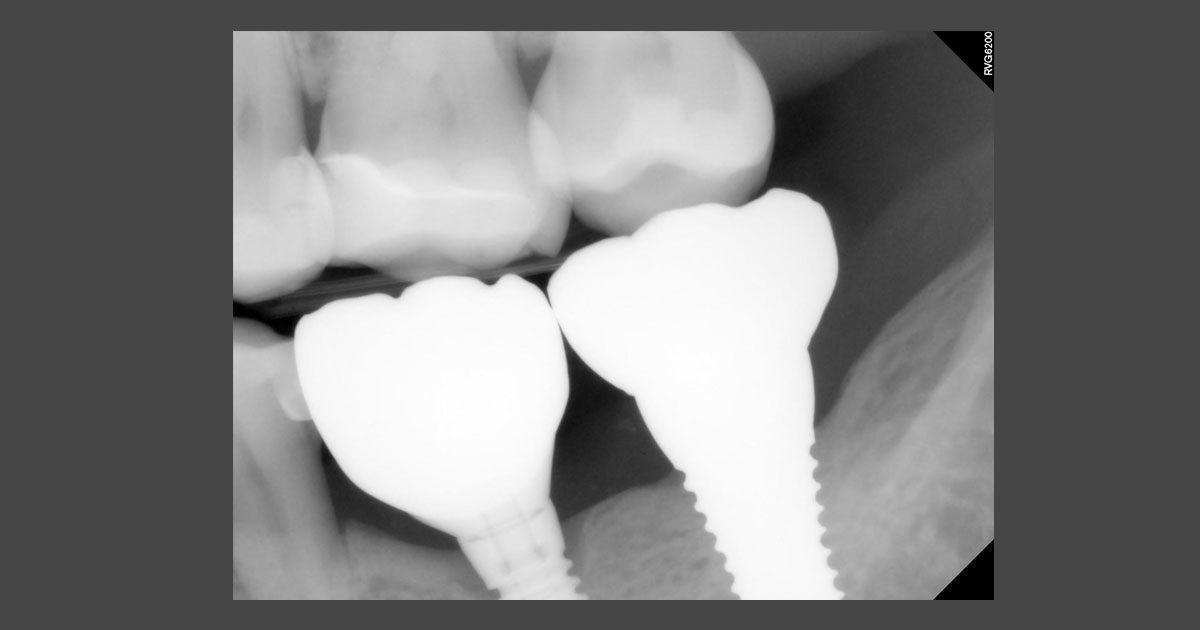Crestal bone is the bone that lies around the crestal portion of an implant. It is the bone that is at the interface of the implant and the soft tissue and thus the bone that is the closest to the oral cavity. The crestal bone is typically a cortical hard bone and it is thinner than the remainder of the implant retaining ridge. As a consequence it is the bone that is the most vulnerable to be compromised and resorbed as a result of either bacterial or mechanical assault.
After the multiple implant consensus of the 1980’s it was traditionally accepted that during the first year of loading of an implant we expect to lose bone up to the first thread, this was the norm in the early days of implantology. Through the years many concepts were tested to try to minimize this phenomenon.
Today the aim of manufacturers and academics is to minimize the amount of crestal bone loss and thus improving the survival of the implant complex. The “Zero Bone Loss Concept” by Prof Tomas Linkevicius focuses on absolutely eliminating crestal bone loss and maximizing the amount of bone around our implants.
There are many theories to crestal bone loss around implants. Some have to do with the type of interface between the implant and the abutment. Those interfaces have been challenged and tested over time. Other theories have to do with the surgical trauma and the amount of pressure that was applied at the time of surgery. Further theories have to do with the thickness and type of overlying soft tissue and thus the biological width that forms around implanted devices.
The loss of crestal bone loss and the breakdown of the coronal seal can potentially lead to further peri-implant breakdown and exacerbation in the form of peri-implantitis. That is why prevention is so important.
Various implant designs have gained popularity in helping reduce crestal bone loss. From the literature and personal experience we believe that the quality and thickness of soft tissue has a larger effect on the maintenance of soft tissue than any other factor. I also believe that the elimination of the prosthetic interface at bone level helps in eliminating significant crestal remodeling. This is why I like one-piece implants supported by thick healthy soft tissue.


